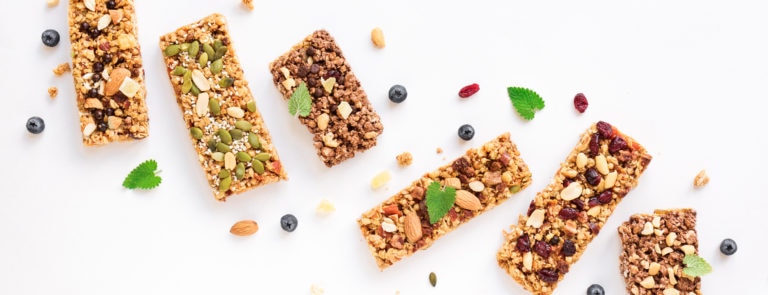15% off €25
Black pepper and turmeric: What make this combination so special?

Summary
1How can curcumin help you?
As the main active ingredient in turmeric, curcumin can benefit your body in a number of ways. Curcumin has helped people with benign prostatic...
2The benefits of black pepper and turmeric
The key active ingredient in turmeric is curcumin. Whilst curcumin boasts an undeniably impressive array of health benefits, it’s not all good news...
3Three easy ways to use turmeric and black pepper
The easiest way to increase your intake of black pepper and turmeric is to make a habit of including them in your routines. Here are three ideas to...
What are the benefits of black pepper?
What are the benefits of turmeric?
How can curcumin help you?

Summary
- Black pepper contains piperine, a powerful compound with many wellness benefits
- Turmeric has been used as a healing remedy in ancient medicine for thousands of years
- Between the two ingredients, they offer a broad range of assistance to wellness, from supporting joint and heart health to various psychological health benefits
What are the benefits of combining black pepper and turmeric?
Summary
- Curcumin has poor bioavailability and needs an agent to help absorption
- Piperine in black pepper can help increase bioavailability of curcumin by 2000%
- Turmeric and black pepper benefits are optimised when the spices are combined
Is turmeric effective without black pepper?

Are there any alternatives to turmeric and black pepper?
- Turmeric and curcumin have poor bioavailability when taken alone
- A bioavailability enhancer is needed to help release the full wellness potential of turmeric
- Black pepper is the most commonly used bioavailability enhancer but cooking with fats can also have a similar effect
- Alternatively, you can take turmeric and black pepper supplements
How long does it take turmeric and black pepper to work?
What are the side effects of turmeric and black pepper?

How much turmeric and black pepper should you take daily?
Summary
- There are few side effects of taking turmeric and/or black pepper for healthy people
- However, certain groups should limit intake or avoid higher doses of turmeric and black pepper
- If in doubt, seek medical advice
Three easy ways to use turmeric and black pepper at home
- Turmeric and black pepper can be used in regular meals and drinks
- You’re probably familiar with using turmeric in curries, but did you know a turmeric latte makes a warming drink?
- Used in skincare turmeric can have skin calming effects
Conclusion: What does turmeric and black pepper do?

The advice in this article is for information only and should not replace medical care. Please check with your GP or healthcare professional before trying any supplements, treatments or remedies. Food supplements must not be used as a substitute for a varied and balanced diet and a healthy lifestyle.
- https://www.ncbi.nlm.nih.gov/pmc/articles/PMC3083808/
- https://pubmed.ncbi.nlm.nih.gov/17987447/
- https://pubmed.ncbi.nlm.nih.gov/12676044/
- https://www.ncbi.nlm.nih.gov/pubmed/23241931
- https://www.ncbi.nlm.nih.gov/pubmed/22986049
- https://bmccomplementalternmed.biomedcentral.com/articles/10.1186/s12906-015-0825-y
- https://www.ncbi.nlm.nih.gov/pubmed/23832433
- https://www.ncbi.nlm.nih.gov/pubmed/23832433https://link.springer.com/article/10.1007/s00213-008-1300-y
- https://www.sciencedirect.com/science/article/pii/S0014299905006230
- https://www.ncbi.nlm.nih.gov/pubmed/9619120
- https://www.ncbi.nlm.nih.gov/pmc/articles/PMC5664031/
- http://www.umassmed.edu/nutrition/blog/blog-posts/2019/6/using-black-pepper-to-enhance-the-anti-inflammatory-effects-of-turmeric
- https://www.bbc.co.uk/news/magazine-37408293
- https://www.ncbi.nlm.nih.gov/pmc/articles/PMC7311098/



